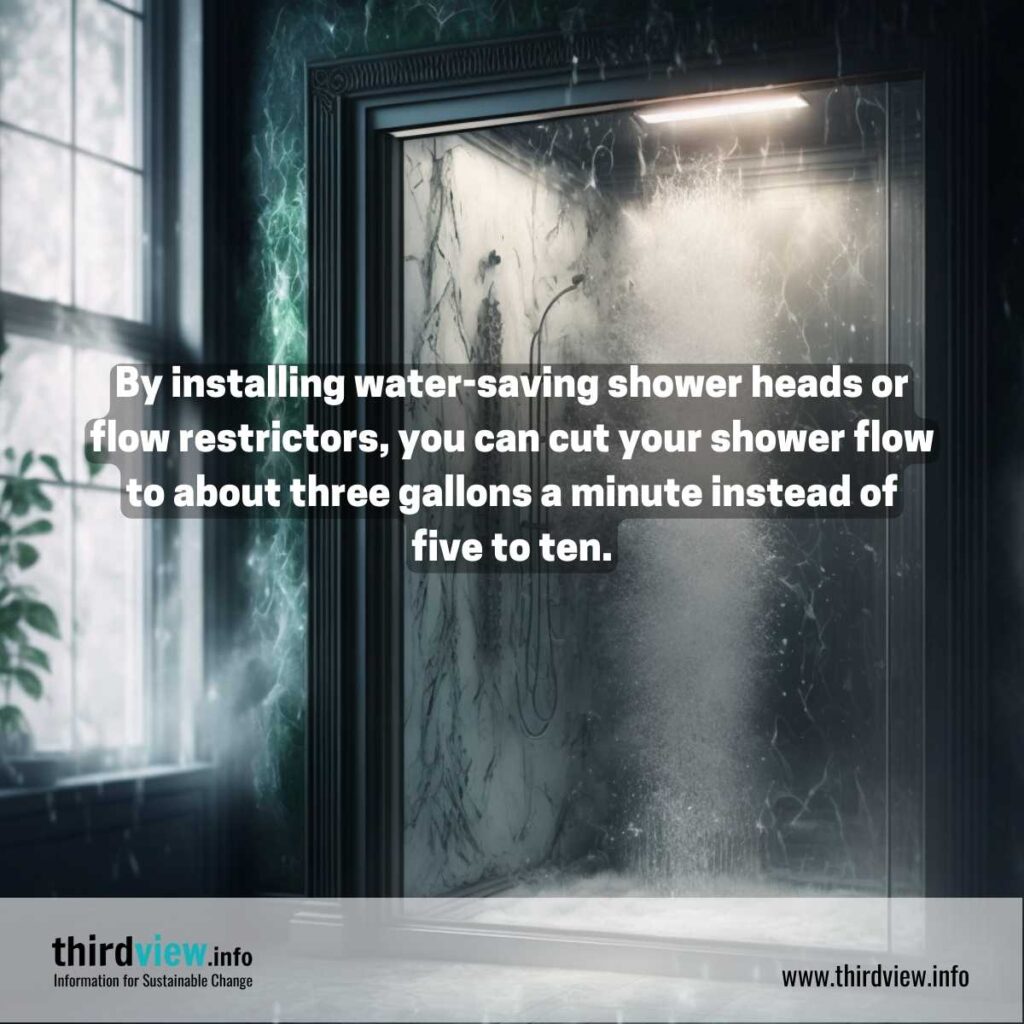Facts About Reclaim Waste Revealed
Facts About Reclaim Waste Revealed
Blog Article
Fascination About Reclaim Waste
Table of ContentsHow Reclaim Waste can Save You Time, Stress, and Money.The Buzz on Reclaim WasteThe smart Trick of Reclaim Waste That Nobody is Talking AboutAll About Reclaim WasteThe 8-Minute Rule for Reclaim Waste
Domestic sewer waste refers to the waste and items from a domestic septic tank. The appropriate management and disposal of domestic sewage waste call for liquid waste to be moved to a sewer treatment plant where the appropriate methods and devices are used to purify and dispose of waste.
Industrial waste typically includes prospective hazards, such as combustible materials or a mixture of fluid and solid waste products, and calls for an advanced and detailed disposal process. The disposal of industrial waste typically involves the filtering of waste before transportation to make sure safe and proper disposal. Hazardous waste is created from by-products and drainage of commercial procedures and production.
This kind of waste can not utilize the very same sewer management transportation or processes as septic or industrial fluids. The industrial waste administration procedure requires the examination and testing of fluid waste before it undertakes the disposal procedure (liquid waste removal). Drainage waste is the liquid waste that comes from overflow and excess stormwater in very populated areas or cities
Runoff waste can cause contamination and flooding if not handled properly. Ensuring proper waste management can avoid catastrophes and minimize environmental injury.
Unknown Facts About Reclaim Waste
Call PROS Providers today to learn about our waste monitoring and disposal services and the correct methods to look after the fluid waste you create.
(https://www.intensedebate.com/people/reclaimwaste1)This so-called 'wastewater' is not just a crucial resource however, after therapy, will be launched to our land, waterways or the sea. Made use of water from commodes, showers, baths, kitchen sinks, laundries and commercial procedures is understood as wastewater.

water used to cool down equipment or tidy plant and devices). Stormwater, a form of wastewater, is drainage that streams from farming and urban locations such as roofing systems, parks, yards, roads, paths and seamless gutters into stormwater drains pipes, after rain. Stormwater flows without treatment directly to regional creeks or rivers, ultimately reaching the sea.
Little Known Questions About Reclaim Waste.
In Queensland, most wastewater is dealt with at sewer therapy plants. Wastewater is carried from residential or industrial sites with a system of drains and pump stations, known as sewage reticulation, to a sewer therapy plant.
The Department of Natural Resources encourages regional governments regarding managing, operating and maintaining sewerage systems and therapy plants. In unsewered locations, city governments might call for owners to set up private or family sewer treatment systems to treat domestic wastewater from toilets, kitchen areas, shower rooms and washings. The Department of Natural Resources authorises using house systems when they are confirmed to be reliable.
Most stormwater receives no therapy. In some new neighborhoods, treatment of some stormwater to get rid of trash, sand and gravel has actually started making use of gross contaminant catches. Wastewater treatment occurs in four stages: Gets rid of solid issue. Larger solids, such as plastics and various other items incorrectly released to drains, are removed when wastewater is travelled through displays.
Uses little living organisms knows as micro-organisms to damage down and eliminate continuing to be dissolved wastes and fine bits. Micro-organisms and wastes are included in the sludge.
The Ultimate Guide To Reclaim Waste
Nutrient elimination is not readily available at all sewage treatment plants since it needs expensive specialised devices. It is coming to be more usual in Queensland. Clear fluid effluent produced after therapy might still contain disease-causing micro-organisms. If this effluent is released into rivers such as rivers or the sea, the micro-organisms will eventually die out.

This typically indicates wastewater has actually to be dealt with or pollutants eliminated before it can be released to waterways. Most wastewater flows right into the sewerage system. Under the Act, local governments carry out authorizations and permits for ecologically appropriate tasks (Periods) involving wastewater launches that might have a local effect. The division provides authorizations and licences to ERAs involving wastewater launches that may have a regional or statewide influence.
Some Known Factual Statements About Reclaim Waste
Or else, examples are taken for lab evaluation. Commonly many examinations are needed to develop the degrees of each of the different contaminants such as oils, hefty metals and chemicals in water. Surveillance supplies factual info about water top quality and can confirm that licence problems look at this site are being met. The information obtained with surveillance offers the basis for making water high quality choices.
Report this page